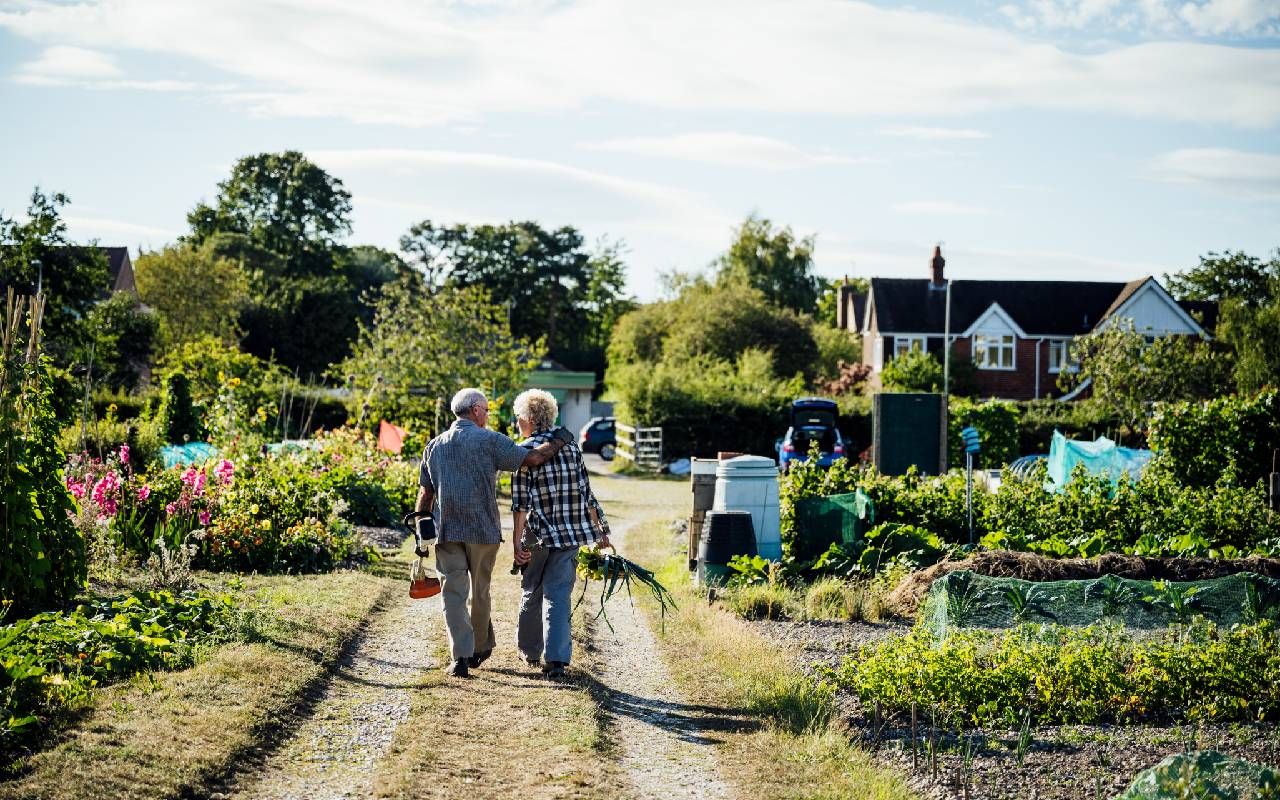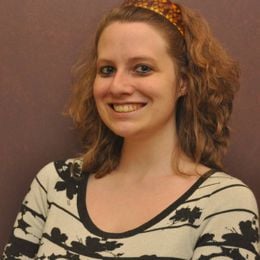Naturally Occurring Retirement Communities: A Model for Aging in Place
In Naturally Occurring Retirement Communities or NORCs, aging in place isn't just an option; it's a way of life
Have you ever noticed a neighborhood in your community where older adults seem to have thrived, setting down roots and staying long after becoming empty nesters or even retiring? Perhaps certain aspects of the community in question have enticed them to stay, such as close proximity to health care organizations, access to reliable public transportation or the presence of walkable streets leading to vibrant commercial districts.
While most people can think of at least one such place, what they may not know is that these communities have a name — Naturally Occurring Retirement Communities (NORCs). And in these neighborhoods, aging in place isn't just an option; it's a way of life.

Understanding NORCS: Characteristics and Benefits
Orion Bell, President and CEO of Benjamin Rose, a Cleveland-based non-profit focused on supporting the aging journeys of older adults and those who care for them, has recently become a bit of an encyclopedia on NORCs after beginning work to bring the model to the organization's own neighborhood.
"NORCs create an opportunity for service coordination, an elevation of things that already exist."
"In a NORC, at least 40% of residents are aged 65 and older," Bell explains. "NORCs are not planned communities for older adults. They are areas where, just through the normal pattern of people moving and establishing their homes there, the residents have chosen to stay and age in place."
NORCs should also be identifiable as neighborhoods, with set boundaries. "For a NORC to be effective, they need to be compact," says Bell. "About the size of an elementary school district is a good standard, or about 500-600 households if you're taking high rise apartments in cities like New York into account."
Most importantly, the services already existing within a NORC make it easier to provide for the needs of the older adults who live there. "NORCs create an opportunity for service coordination, an elevation of things that already exist," Bell adds. "They offer amenities like home- and community-based services, senior community centers, transportation services, and opportunities for minor home modifications, all based on what already exists in the neighborhood and happens organically."
In the 90s, a federal grant program through the Department of Housing and Urban Development was established to award funding to neighborhoods that met these parameters and applied for formal designation. Though the specific funding mechanism that existed back then is no longer in place, avenues for funding and recognition still exist through other sources, and the NORC model continues to serve as a tool to think about service coordination and delivery.
Research into utilization of NORC offerings showed that these communities are about more than just health care for older adults.
Aging in Place: More Than Just Health Care
Bell's interest in NORCs follows in the footsteps of Dr. Georgia Anetzberger, a former researcher at Benjamin Rose and current consultant and adjunct at Case Western Reserve University. Anetzberger conducted a research study on Community Options of Great Cleveland, Ohio, a program designed to support local older adults living in NORCs.
Anetzberger's research into utilization of NORC offerings showed that these communities are about more than just health care for older adults. Residents reported that the resources and services they most frequently used were monthly group luncheons, community newsletters, recreational outings and opportunities to get out into the community and volunteer. 82% of residents praised the support of NORCs in allowing them to continue living in their homes; 80% said they felt they had increased contact with neighbors; 71% reported better access to help when needed; and 65% felt they were given regular opportunities to give back to the community.
Larchmere: A Case Study in Cleveland
Bell had previously been involved in working with NORCs at a previous position with CICOA, the Area Agency on Aging in Indianapolis, but his interest was reignited when a longtime board member advocated for Benjamin Rose to explore whether the local Larchmere neighborhood qualified as a NORC.
"The Larchmere neighborhood where the Benjamin Rose headquarters sits is a community in the city of Cleveland, not terribly far from Case Western University, that is very much an identifiable neighborhood," says Bell. It neighbors Shaker Heights, a setting literary fans may recognize from the bestselling novel and Hulu series "Little Fires Everywhere."
"The idea and the concepts of a NORC can be applied to any neighborhood where there is a significant resident demand or need."
However, the process of establishing Larchmere as a NORC wasn't without its challenges.
"As we started to think about this project, we engaged with the Center for Community Solutions [CDC] and did a deep dive into census data," Bell explains. "If you walk the Larchmere neighborhood or attend community meetings, you see a lot of older adults, so on the surface, it looked like it would fit the necessary age demographics. However, when you take the aggregate of the neighborhood, there's a lot of student housing and some worker reentry programs based in the area with multiple apartment buildings, which pull the average age down. So in terms of a formal NORC designation, the Larchmere neighborhood doesn't perfectly fit the demographic criteria."
However, the CDC did uncover through census data that there were adjoining block groups in Larchmere that aligned more closely with NORC criteria. Larchmere also has a better than average AAARP Livability Index score, as well as several community assets, such as area development groups, community and merchants associations, two dedicated ward councils, and two nonprofits within Cleveland's aging network, Benjamin Rose and Fairhill Partners. Larchemere also falls within Cuyahoga County, which is currently spearheading an exciting "livable community" initiative to approve the area's overall age-friendliness.
These findings laid the groundwork for the establishment of a steering committee made up of these community groups, which aimed to adapt the NORC model to the areas of Larchmere older adult residents called home.
"The idea and the concepts of a NORC can be applied to any neighborhood where there is a significant resident demand or need," Bell explains. "NORCs provide a good, research-supplemented framework of the kinds of things people in these communities benefit from and look for."
"What residents want should be just as big a part of the conversation as what they need."
The Larchmere steering committee has already seen their work take root in the committee. "One of the things that we've found is that many residents, even if they've lived here a very long time, don't know many local groups and services exist," says Bell. "Or they might know us, but aren't aware how our organizations can connect them with our programs or opportunities. Beginning these conversations has opened the door to a lot of important information sharing and community network building."
Bringing the NORC Model to Your Community
For individuals seeking to replicate the NORC model in their own communities, Bell offers a pragmatic roadmap grounded in community-driven action. "Check with a local Area Agency on Aging to see if you're already in a NORC," he advises. "If not, look into neighborhood census data and see what you find. Is a significant part of the population over the age of 65? Are there existing amenities in your area that can support aging in place? Would residents benefit from better structure and collaboration across local programs, entities and initiatives?"
Bell underscores the importance of prioritizing resident input in shaping NORC initiatives. "For a NORC to work, they should be person-centered," he says. "What residents want should be just as big a part of the conversation as what they need."
Drawing attention to communities where older adults thrive can also have wider benefits for cities and towns. "One of the most important things I've taken away from my work is that the NORC conversation is not just about livability for older residents," Bell concludes. "The amenities and features in the community that make it an attractive place for older adults also make it appealing to parents, or first-time homebuyers just starting out."
He continues, "Conversations about economic development, neighborhood revitalization and age friendliness should all be happening at the same time. They're not either/or choices. They're all compatible with each other in terms of what elevates the community."


